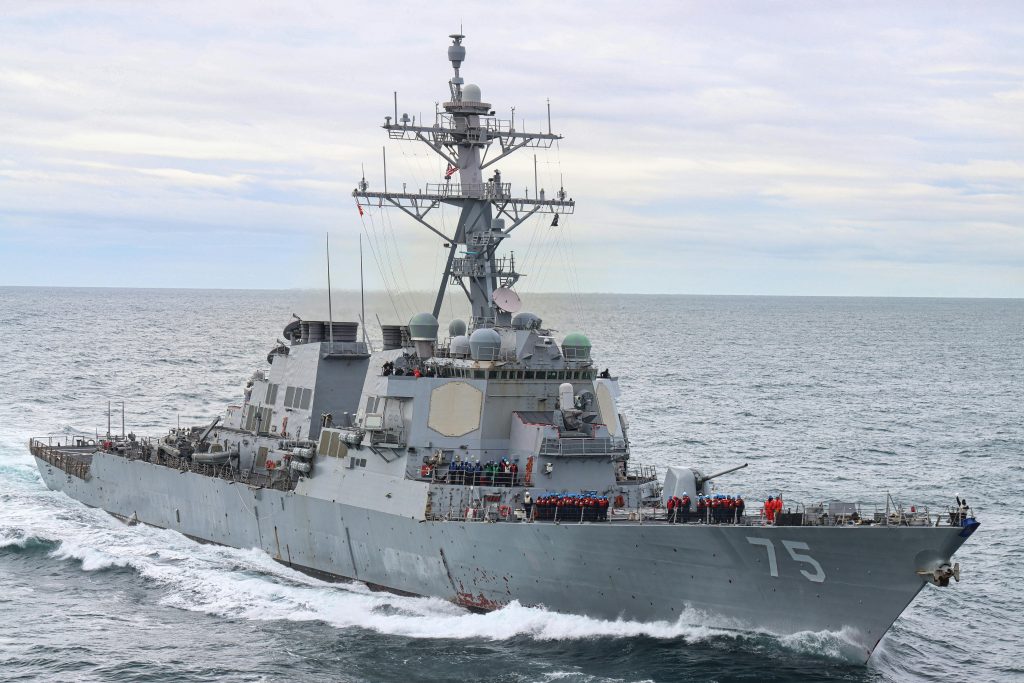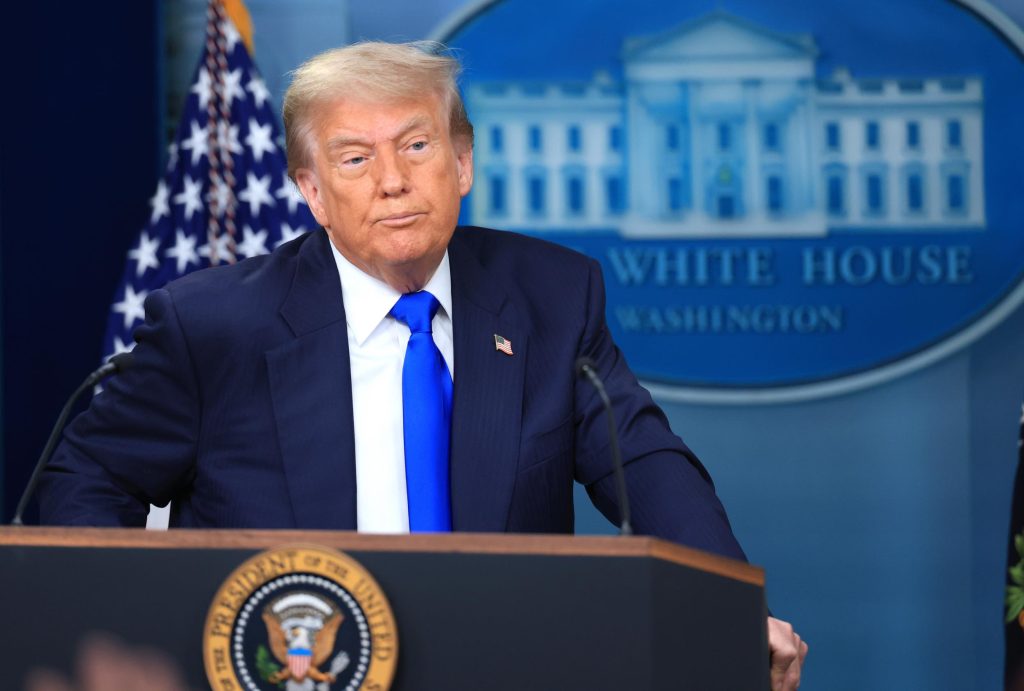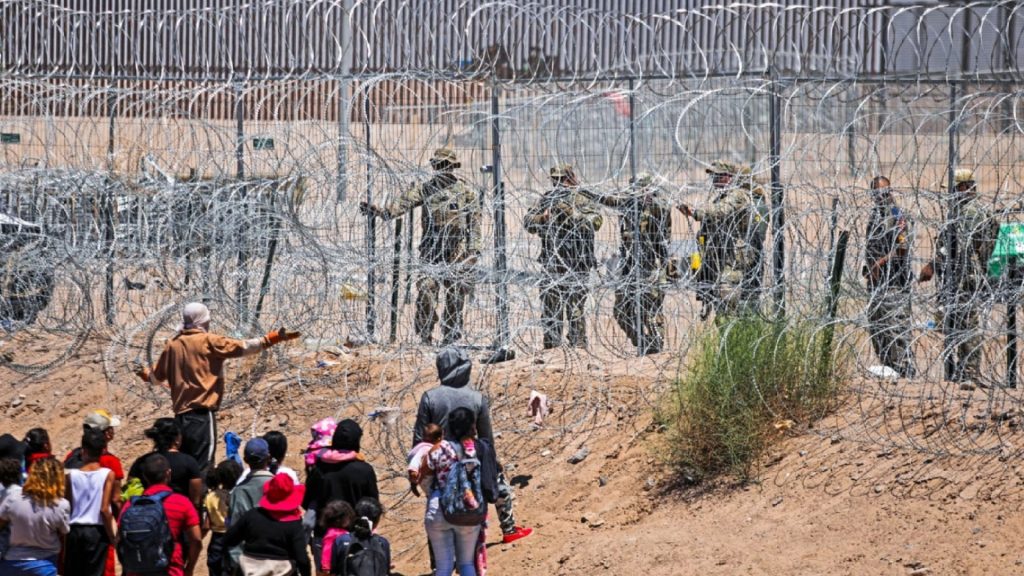
“Diplomacy is the art of telling people to go to hell in such a way that they ask for directions.” This ancient maxim seems more apt than ever as U.S.-Mexico relations become another rocky patch this time over a U.S. warship’s provocative visit near Mexican waters. While headlines blare about sovereignty and indignation, the actual story is complicated with history, high-level security cooperation, and a pinch of political stagecraft.

For those tracking every turn in the U.S.-Mexico security drama, yesterday’s incident off the coast of Quintana Roo is merely the beginning. Behind the headlines is a network of intelligence bargains, military interventions, and a relationship that’s equal parts frenemy and lifeline. Here’s what’s actually happening and why it’s more important than ever in 2025.

1. The Incident That Sparked a Storm
It all began when Chiquilá, Quintana Roo fishermen alleged they were intimidated by U.S. Marines on a Navy ship in Mexican waters. President Claudia Sheinbaum quickly ruled out any unauthorized entry, asserting, “There are no incursions. When they come into national waters, it’s through a permit given by the Mexican Navy.” Nevertheless, the episode hit a sensitive chord in a nation where sovereignty is a contentious topic, and memories of previous U.S. interventions run deep.
What is remarkable about this episode is timing. With American destroyers just deployed for border patrol, every step is under scrutiny. The ship in question, allegedly coming from Colombia, was officially presented as a part of “international cooperation”–but the visuals of foreign military gear close to local fishing vessels are difficult to ignore.

2. Why U.S. Warships Are Suddenly a Border Fixture
This is not a one-time thing. The USS Spruance and USS Gravely recently deployed to the southern border as part of a larger American strategy to demonstrate determination about border security and combating transnational crime. As detailed examination explains, these warships are not mere window dressing instead, they carry sophisticated sensors, Coast Guard law enforcement personnel, and the capability to coordinate with air and ground assets.
It is, according to U.S. Northern Command, their job to “restore territorial integrity at the U.S. southern border” and address everything from maritime terrorism to seaborne illegal immigration. It’s a very abnormal application of naval power, representing a strategic shift to the Western Hemisphere and readiness to escalate if necessary.

3. The Realities of U.S.-Mexico Intelligence Cooperation
In spite of the melodrama, intelligence sharing between the two nations is necessary and nuanced. As analysts note, this alliance has taken out top cartel leaders and assisted in tracing everything from drug trafficking to large-scale migration. Nathan Jones, a specialist in organized crime violence in Mexico, argues the intelligence relationship “is incredibly important … on so many levels …. It is important for enhancing rule of law.”
But the relationship is anything but smooth. Scandals over corruption, leaks, and changing political tides ensure that trust is in perpetually short supply. The arrangement today is more accurately characterized as “transactional” each party offers just enough to keep the engine chugging, but both are cautious about overexposure.

4. How Political Shifts Are Raising the Stakes
With President Claudia Sheinbaum recently installed and the U.S. confronting another Trump administration, the security relationship is entering unfamiliar waters. Trump’s previous rhetoric such as his 2024 State of the Union declaration that “the cartels are waging war in America” and “it’s time for America to wage war on the cartels” has many in Mexico on edge.
Policy professionals caution that the sole absolute is uncertainty. If Trump’s staff insists on more drastic action, like firing at cartel targets within Mexico, it would cross a line and destroy years of careful coordination. As one commentator explained to Lawfare, “The range of possibility is extreme … in a second Trump administration that might not be the case.”

5. The Fine Art of Sovereignty and Security
To Mexico, each U.S. military action is a test of sovereignty. Sheinbaum has consistently emphasized that any U.S. movement in Mexican waters or airspace needs express approval. But with combined operations against cartels and cooperation on everything from fentanyl shipments to terrorist threats, the distinction between cooperation and interference is always hazy.
Recent history is replete with flashpoints such as the 2020 arrest of former Mexican defense secretary Salvador Cienfuegos by the DEA, which came close to ending security cooperation. Now, with Russian and Chinese intelligence activity increasing in Mexico, both sides are under pressure to continue negotiating, even though trust continues to be in short supply.

6. What’s Really at Stake: Trade, Crime, and Geopolitics
It’s not merely a question of border patrols and naval operations. The U.S. and Mexico share over 2,000 miles of border and a trade relationship of over $800 billion annually. Where the law-abiding goods move, the illegal ones follow America’s $200 billion illegal drug market (2024 dollars) is a strong draw for organized crime.
Both governments recognize that failure of cooperation would be a boon for cartels and foreign enemies. Sharing intelligence has assisted in capturing drugs, arresting kingpins, and even screening for terrorists at Mexican airports. But as recent commentary states, “the security of the U.S. and Mexico is intertwined geographically, economically, and politically.”

7. The Road Ahead: Frenemies or Full Partners?
So, what’s next? Most experts predict a “frenemy” status quo transactional cooperation, occasional flare-ups, and a constant balancing act. Sheinbaum’s administration is pushing for all U.S. collaboration to go through the Ministry of Foreign Relations, while Trump’s team is expected to demand visible results on drug seizures and cartel arrests.
But there is always a wild card. A serious security crisis, a spectacular cartel assault, or a wave of violence may compel both parties to intensify cooperation or embolden them into a lethal standoff. As experts caution, “If the U.S. oversteps Mexican sovereignty and conducts drone strikes or special forces operations into Mexico, most analysts believe it would be a ‘red line’ for the Mexican government.”

The most recent naval confrontation is more than a diplomatic spat it’s a peek into the high-wire dance that characterizes U.S.-Mexico security relations. So much hangs in the balance, from billion-dollar commerce to the battle against organized crime, that both countries are discovering that cooperation is not an option it’s a matter of survival. Whether the future holds increased tension or a new dawn of cooperation, this much is certain: the world will be paying close attention to every step on and off our waters.


